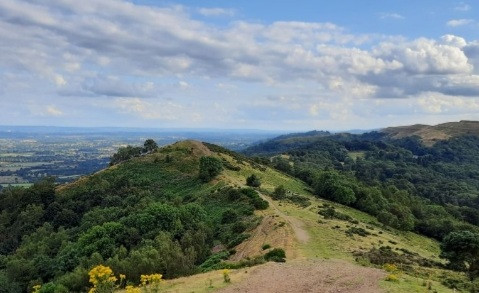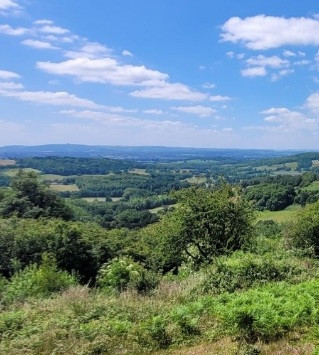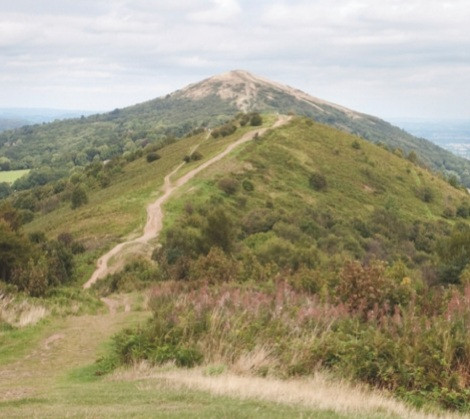Beskrivning
The Malvern Hills are a popular walking area. Good for varied wildlife including marsh orchids, adders, harvest mice, foxes, badgers, polecats. Best birding areas are Midsummer hill for owls, sparvhök, Nötväcka, grönsångare, svartvit flugsnappare and rödstjärt. Castlemorton Common for svarthakad buskskvätta, hämpling, trädpiplärka, gräshoppsångare, gulsparv, ängspiplärka, possibly turturduva. Chase End Hill for wintering stenknäck, bergfink, snösparv, brunsiska and grönsiska. North Hill for migrant ringtrast and stenskvätta. British Camp reservoir and Hollybush Quarry for migrant Fiskgjuse. Two alpkråka visited the area in July 2019.
Detaljer
Tillgänglighet
From South Wales leave M50 at junction 2. Go south on Gloucester road then immediately left to Castlemorton. From Birmingham exit M5 at J7 then A44/A449 westward. Car parks are numerous throughout the area. There are train stations at Colwall, Great Malvern and Malvern Link. Click on a P in the map to get directions to that parking.
Terräng och habitat
Skog , Berg , Kanjon/klippa , Sjö , Spridda träd och buskar , Slätt , Platå , Dal , HedFörhållanden
Kulligt , Klippigt , Torrt , Öppet landskapRundtur
JaTubkikare behövs?
Kan vara användbartBästa säsong för skådning
Året runtBästa tid för ett besök
Vår , HöststräckRutt
Asfalterad väg , Bred stig , Smal stig , GrusvägHur ansträngande vandring
Ansträngande vandringNås
Till fots , Cykel , Bil , RullstolFågeltorn / plattform
NejExtra information
Malvern developed in Victorian times as a health resort and spa town, when visitors included Charles Darwin.




